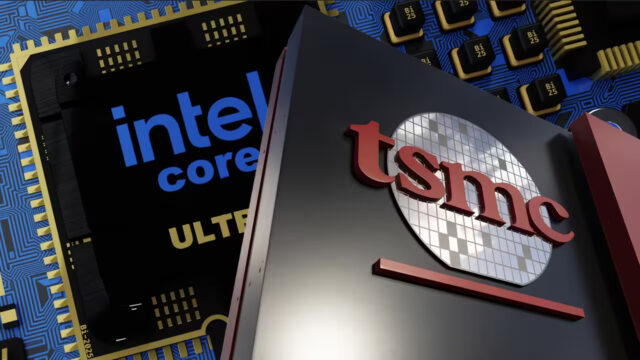A pioneering team of researchers from the University of Cambridge has unveiled an innovative computer memory design. This development stands to significantly enhance performance and decrease the energy requirements of various internet and communication technologies.
Rethinking memory for a Data-driven world
Present estimates indicate that AI, algorithms, and other data-driven tech could become major energy consumers. They may account for over 30% of the world’s electricity usage in the next decade. Dr. Markus Hellenbrand, the lead author from Cambridge’s Department of Materials Science and Metallurgy, attributes this surge in energy needs to the limitations of present computer memory technologies. The energy and time consumption of shuttling data between memory and processing in conventional computing necessitates a reformation of this system.
The researchers embarked on a novel journey, experimenting with a technology known as resistive switching memory. Also this is a departure from conventional memory devices which can encode data in only two states (one or zero). The new memory system enables a continuous range of states. This is achieved by adjusting the electrical resistance of certain materials through electrical current application.
Designing a Brain-like synapse
Hellenbrand and his team constructed a prototype device centered on hafnium oxide, a material with no atomic-level structure, previously deemed challenging for resistive switching memory applications. Their ingenuity led to an unexpected solution: the addition of barium. The incorporation of barium fostered the formation of structured “bridges” between thick hafnium oxide films, creating an energy barrier where the device contacts meet. This barrier can be manipulated, causing changes in resistance and permitting the existence of multiple states in the material.

Hellenbrand expressed his excitement about the materials, likening their functionality to a brain synapse. Like the brain, these materials can store and process information simultaneously.
The research findings suggest that this technology could pave the way for computer memory devices with superior density and performance, and lower energy consumption. This prospect is particularly promising in the realms of AI and machine learning.
Next steps and potential impact
The University of Cambridge’s commercialisation arm, Cambridge Enterprise, has filed a patent for the technology. The researchers are now collaborating with industry partners to conduct more extensive feasibility studies.
Moving forward, the integration of hafnium oxide into current manufacturing processes is expected to be straightforward. This expectation arises as the material is already utilized in semiconductor production.
As we keep an eye on the further development of this exciting technology, we’d love to hear from our esteemed readers. What are your thoughts on this development? Feel free to share your views in the comment section below.













